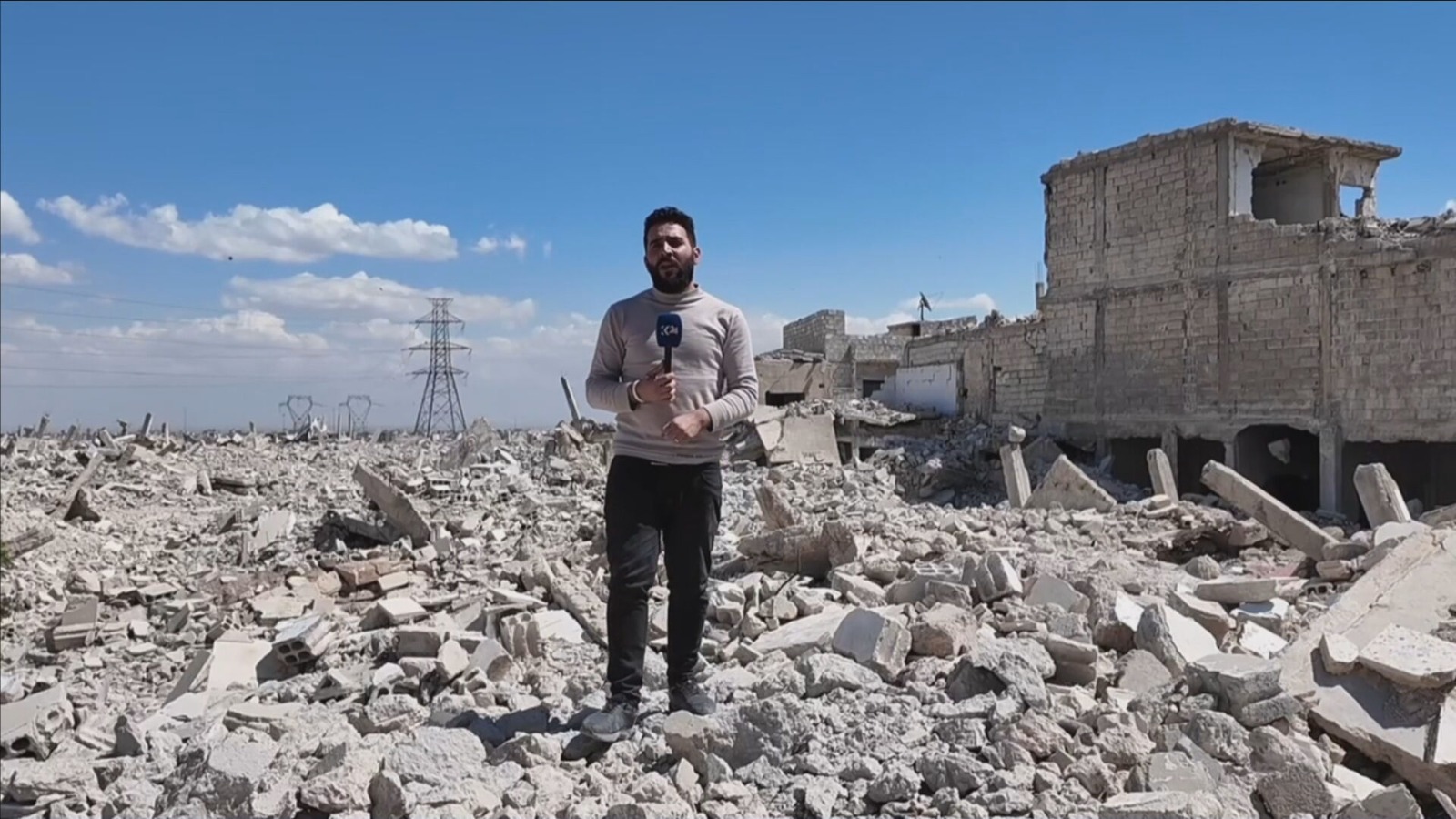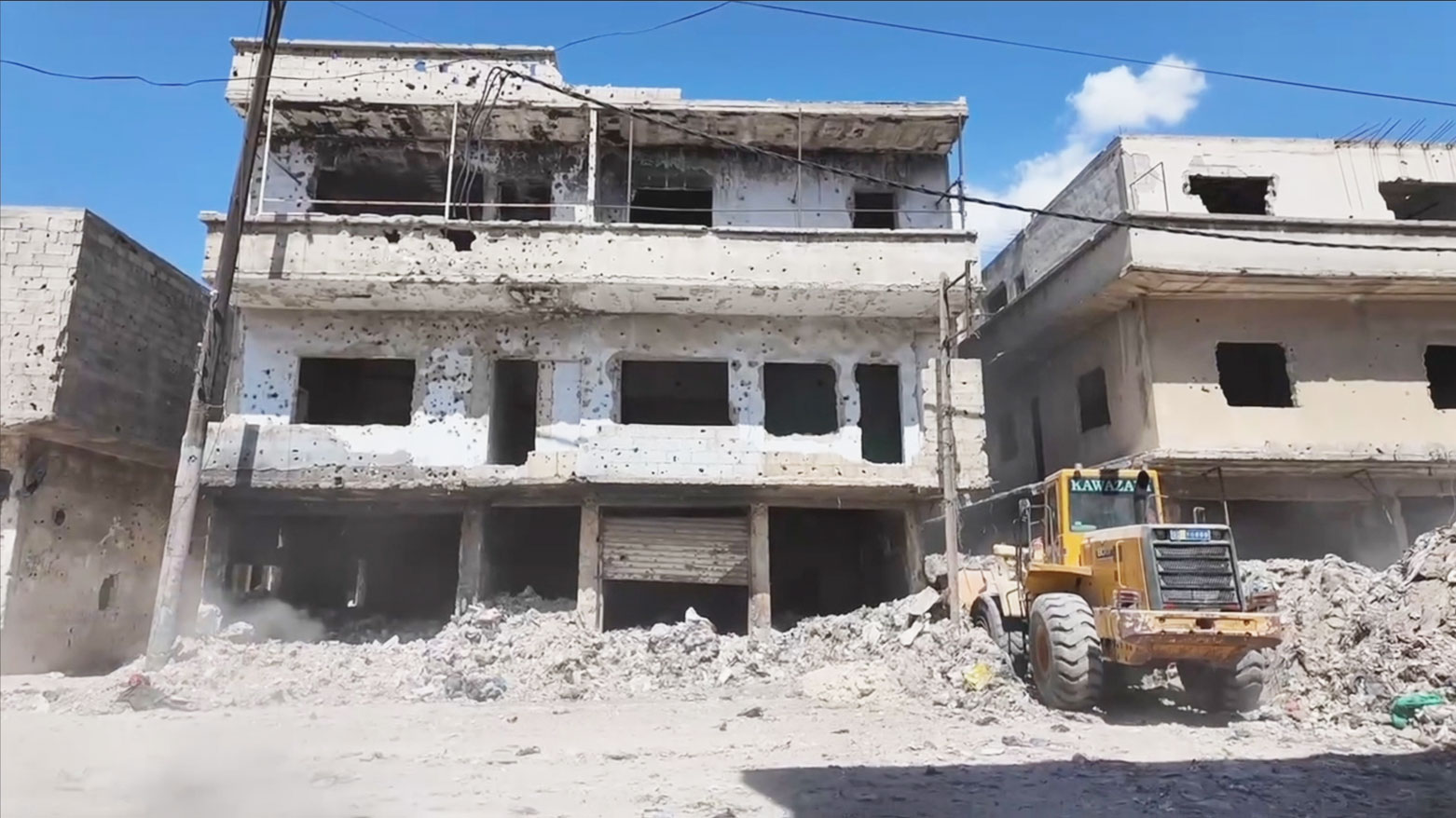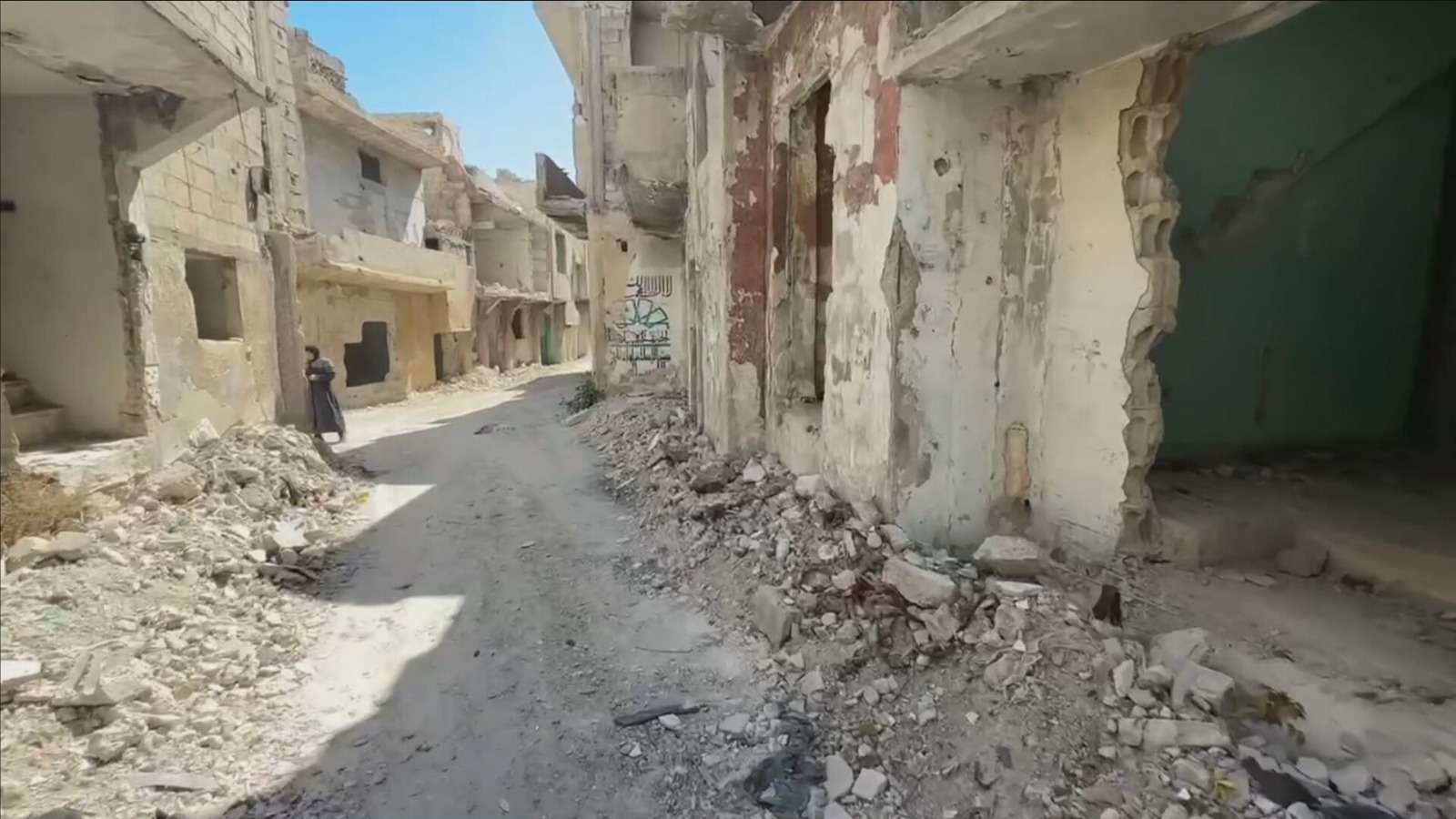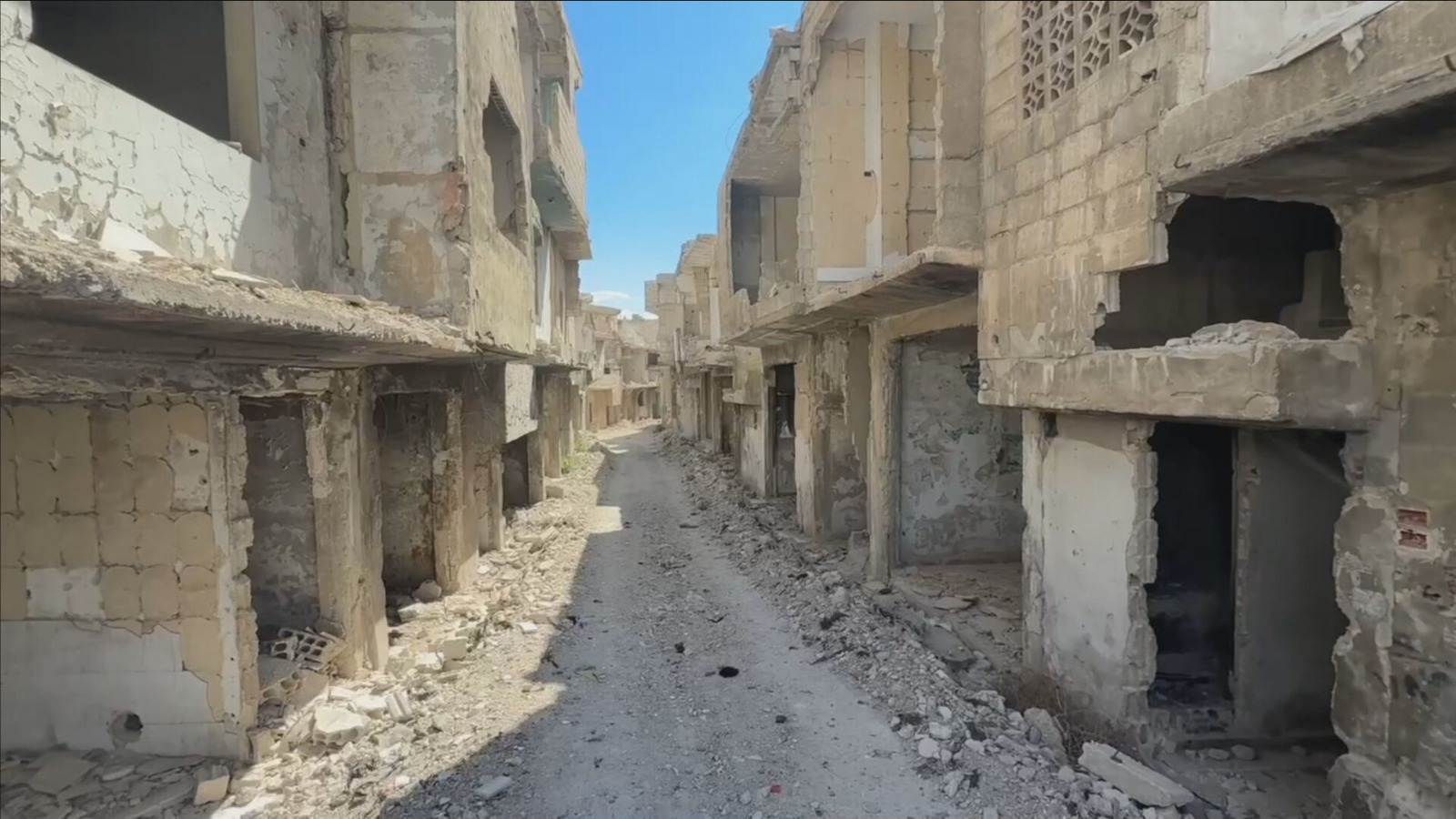Damascus Strives to Rise from the Rubble: Civil Defense Launches Major Campaign in Damascus
Civil Defense teams began their work in the areas, which were severely damaged by relentless shelling over the past decade. The extensive destruction of infrastructure and residential buildings has left these neighborhoods nearly uninhabitable.
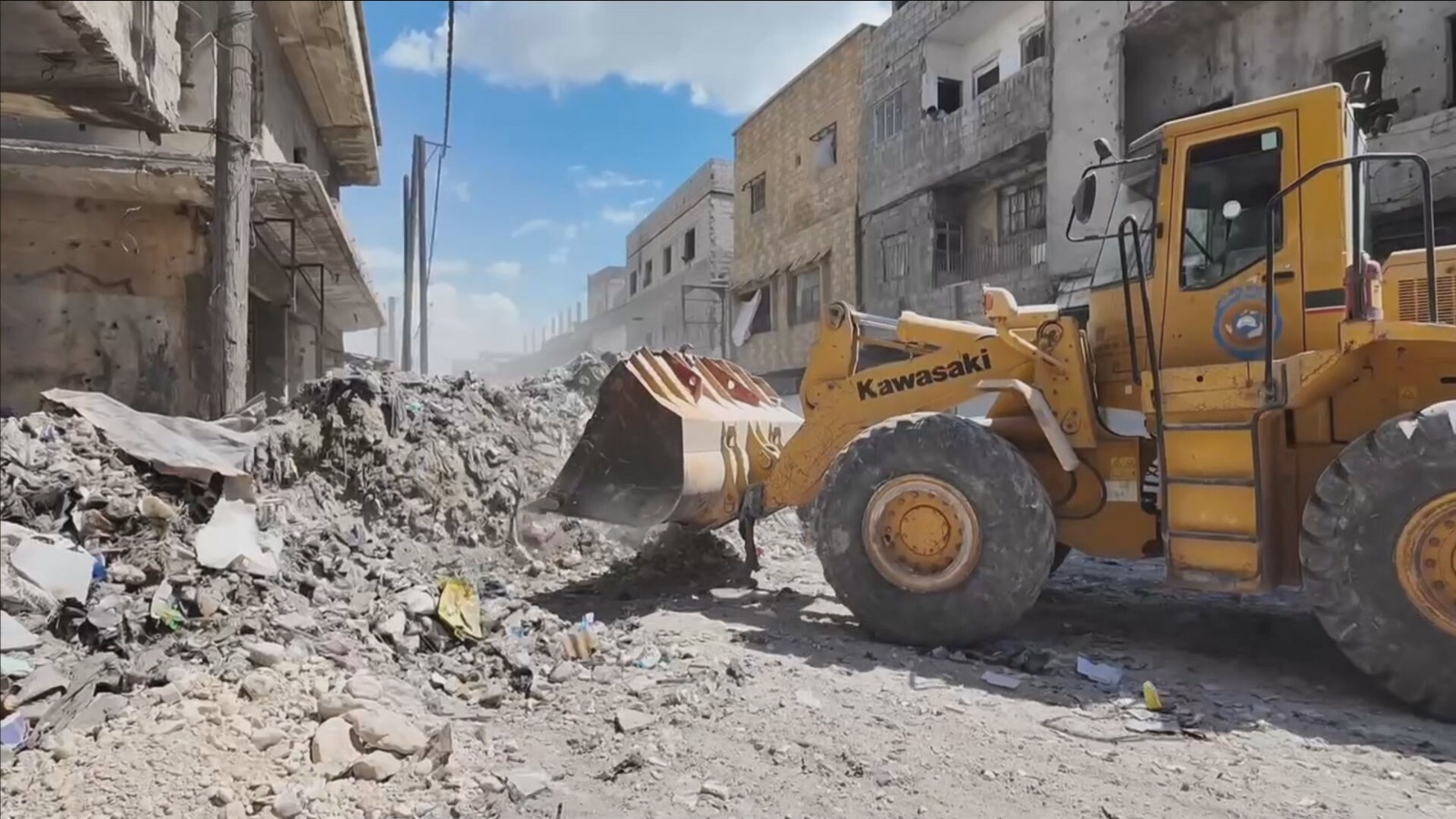
By Ahora Qadi
ERBIL (Kurdistan 24) – In response to years of destruction and local demands, Syria’s Civil Defense teams have launched an ambitious campaign to clear rubble and reopen roads in the Tishreen and Qaboun districts of Damascus. The initiative is part of broader efforts aimed at paving the way for the return of displaced residents and reviving neighborhoods ravaged by heavy bombardment during the Syrian conflict.
Civil Defense teams began their work in the areas, which were severely damaged by relentless shelling over the past decade. The extensive destruction of infrastructure and residential buildings has left these neighborhoods nearly uninhabitable. The current efforts follow repeated calls from residents hoping to return to their homes and restore a semblance of normalcy to their communities.
Aiming for gradual recovery amid ongoing devastation
Mohammad Ali, a volunteer with the Civil Defense in Damascus, told Kurdistan 24: “We, in collaboration with the local authorities, have launched a campaign to clear both main and secondary roads in Tishreen. This area was systematically shelled, which led to its complete destruction.”
Despite the beginning of the debris removal process, much of the damage remains visible. Most of the buildings in Tishreen and Qaboun lack windows and doors, stripped by looters, while the structures themselves have been severely compromised by years of heavy bombing.
Returning to these homes today feels like an overwhelming challenge, with residents lacking essential services such as water and electricity.
Calls for comprehensive rebuilding efforts grow louder
Ali Hafir, a resident of Qaboun, shared his experience with Kurdistan 24: “When the revolution started, we faced continuous bombing that destroyed the entire neighborhood. After the regime fell, we returned to revive it, but we found it completely devastated. It needs comprehensive reconstruction, including its infrastructure and essential services.”
Residents in these districts continue to face severe shortages in basic services, fueling a growing demand for substantial reconstruction projects that would breathe new life into these devastated areas and offer hope for a better future.
Tishreen and Qaboun: Heart of the conflict in Damascus
Tishreen and Qaboun were among the most heavily impacted areas in the Syrian capital, situated in the strategic northeast of Damascus. These neighborhoods became frontline battlegrounds between government forces and opposition factions, enduring years of targeted bombardment that led to widespread destruction.
In 2017, after the Syrian government enforced “reconciliation” agreements, most of the residents were evacuated, leaving behind largely deserted neighborhoods buried in rubble and neglect. Since then, the area has seen little in the way of significant rebuilding or repair efforts, with the Civil Defense’s current initiative representing one of the few serious attempts at revival.
Although parts of these areas are now included in future urban development plans, such as the "Marota City" and "Basilia City" projects, local residents remain skeptical about the government’s intentions. Many fear that their properties will be transformed into commercial developments, with no fair compensation or guarantees of return to their homes.
The ongoing Civil Defense operation, while crucial, highlights the broader need for a more comprehensive and transparent approach to reconstruction in war-torn Syria, where residents remain uncertain about their future amid the country’s fragile political and economic landscape.
Kurdistan24 correspondent in Damascus Anwer Abdullatif contributed to this article.
